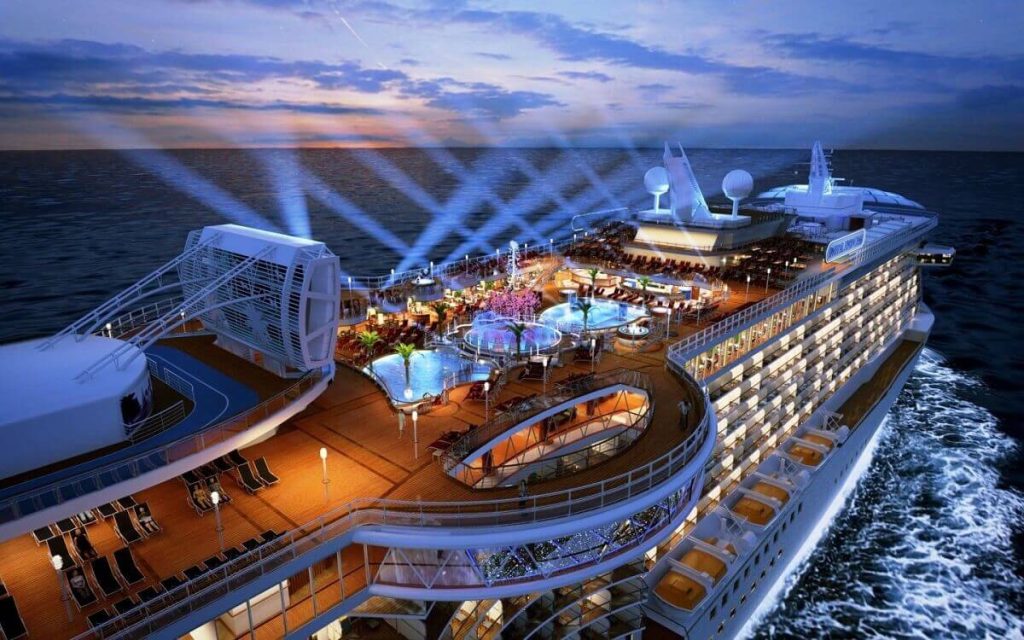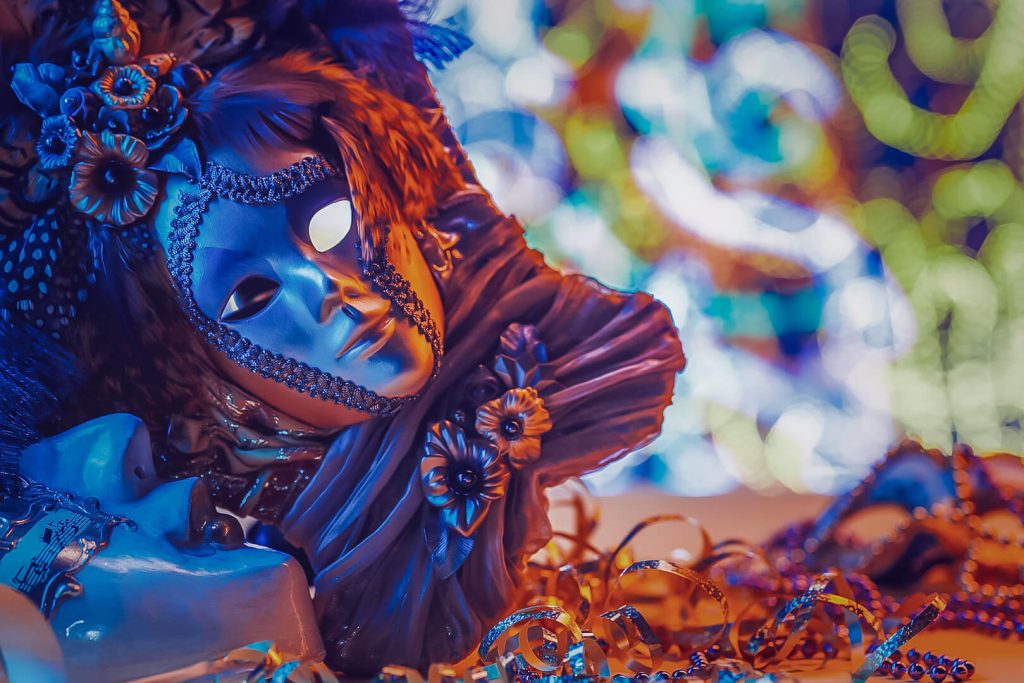While many of Europe's magnificent cities remain eclipsed by their more well-known counterparts, it is a treasure store of enchanted towns. From the artistic appeal…


Roseau, referred to as Wozo in Dominican Creole, serves as the capital and largest city of Dominica. As of 2011, Roseau had a population of 14,725 and is characterized as a small but active urban settlement within the Saint George parish. It is in a prime location, bordering the Caribbean Sea, the Roseau River, and the picturesque Morne Bruce. This city is the oldest and most significant urban settlement on the island, constructed on the historical site of the ancient Island Carib village of Sairi.
Located on the leeward coast of Dominica, Roseau exemplifies a unique integration of modern and historical elements, characterized by its contemporary and colonial French architectural styles. The architectural diversity exemplifies the city’s complex cultural heritage and historical importance. The city functions as Dominica’s primary port for international trade, facilitating the export of various commodities including bananas, bay oil, vegetables, grapefruit, oranges, and cocoa. The service sector significantly contributes to the local economy, supported by private institutions such as Ross University and All Saints University, which draw students internationally.
Roseau hosts the significant Roman Catholic Diocese of Roseau, reflecting the city’s cultural and religious heritage. The surrounding scenery, especially in the valley, presents numerous natural attractions. The Boiling Lake, situated 10.5 km east within Morne Trois Pitons National Park, is accompanied by various waterfalls, thermal springs, and picturesque plateaus. These natural features position Roseau as a portal for the exploration of Dominica’s stunning landscapes.
Morne Bruce serves as a significant observation point, offering expansive views of downtown Roseau and extending northward to the Woodbridge Bay deepwater port and Fond Cole. This elevated position offers a view of the Botanic Gardens below and the vast Caribbean Sea, particularly striking when cruise liners are docked at the port.
Roseau exhibits a tropical monsoon climate, marked by relatively stable temperatures year-round. Average high temperatures vary from 28 to 31 °C (82.4 to 87.8 °F), whereas average low temperatures range from 19 to 23 °C (66.2 to 73.4 °F). Rainfall frequently occurs, with the city averaging approximately 1,800 millimeters, or 70 inches, annually. From February to April, a distinct dry period is observed, although each month receives a minimum of 45 millimeters or 1.8 inches of precipitation.
The central district of Roseau features a high density of both small and large residential buildings, in addition to contemporary concrete structures. Although the city has few green or open spaces, the adjacent natural elements enhance the aesthetic appeal of Roseau. The sea and river supply essential water resources, whereas the Botanical Gardens and Government House gardens present verdant green areas. Roseau is distinguished by its rare natural features in the Caribbean, including extensive botanical gardens centrally located and the Roseau River, one of the largest rivers flowing through any Caribbean capital.
The urban layout of Central Roseau is characterized by an irregular grid system of small dimensions, which complicates navigation. The grid area, while not extensive, consists of 80 blocks distributed over 30 hectares (74 acres), which can lead to visitors becoming disoriented. In contrast, the grid areas of Kingstown and Castries, the capitals of Saint Vincent and Saint Lucia, respectively, exhibit fewer blocks across larger expanses. The typical block size in Central Roseau is approximately ⅓ hectare (1 acre), which is about half the size of those in Central Kingstown.
Roseau features notable instances of West Indian architecture, especially the French Colonial style and vernacular forms. The French influence is clearly observable along King George V Street, whereas the English influence is manifested in substantial colonial townhouses and public edifices. The churches in the city, including the Roman Catholic Cathedral and the Anglican Church on Victoria Street, exemplify European architectural styles infused with elements of creolization, thereby illustrating Dominica’s rich cultural heritage.
Although Roseau lacks globally recognized hotel chains, the Fort Young Hotel is a prominent establishment in the area. Moreover, numerous small family-owned accommodations are available in and around the city, providing a more intimate and personalized experience for visitors.
Currency
Founded
Calling code
Population
Area
Official language
Elevation
Time zone
Dominica, formally referred to as the Commonwealth of Dominica, is an island nation situated in the Caribbean Sea. This island, located within the Windward Islands chain of the Lesser Antilles…
While many of Europe's magnificent cities remain eclipsed by their more well-known counterparts, it is a treasure store of enchanted towns. From the artistic appeal…

Discover the vibrant nightlife scenes of Europe's most fascinating cities and travel to remember-able destinations! From the vibrant beauty of London to the thrilling energy…

Boat travel—especially on a cruise—offers a distinctive and all-inclusive vacation. Still, there are benefits and drawbacks to take into account, much as with any kind…

The 7 Wonders of the 21st Century feature amazing successes redefining human creativity and engineering capability. From the calm Temple of Buddha's Origin in Leshan,…

From Rio's samba spectacle to Venice's masked elegance, explore 10 unique festivals that showcase human creativity, cultural diversity, and the universal spirit of celebration. Uncover…

© All Rights Reserved. By Travel S Helper